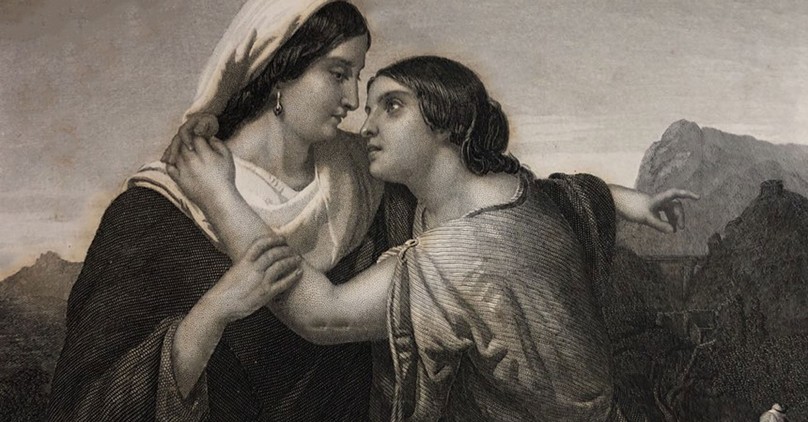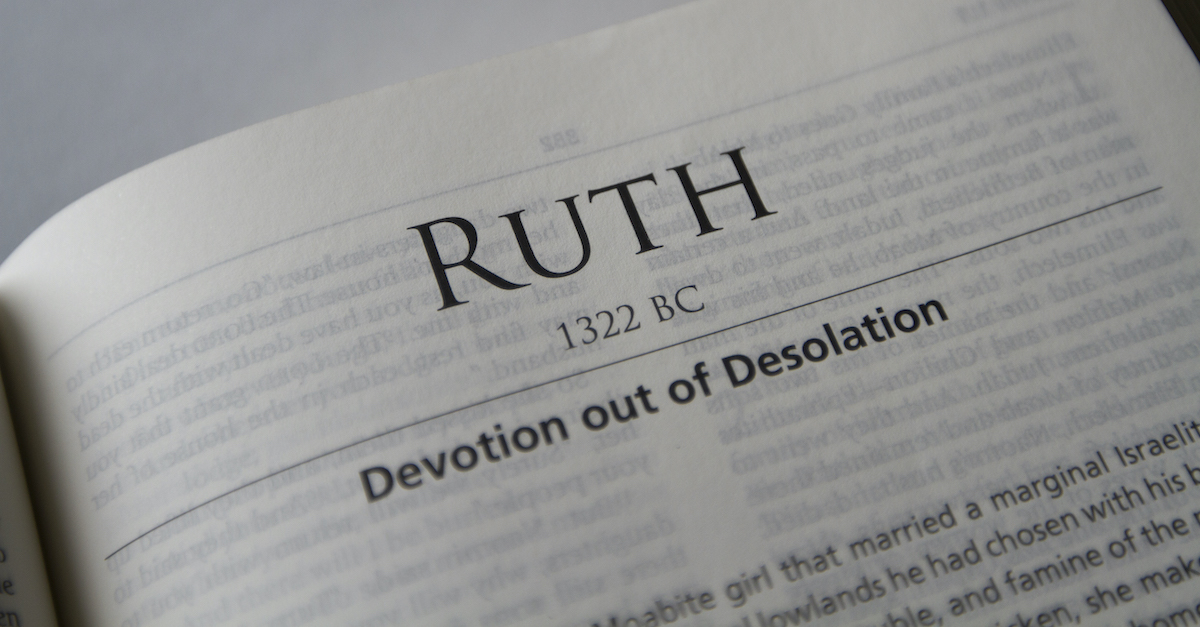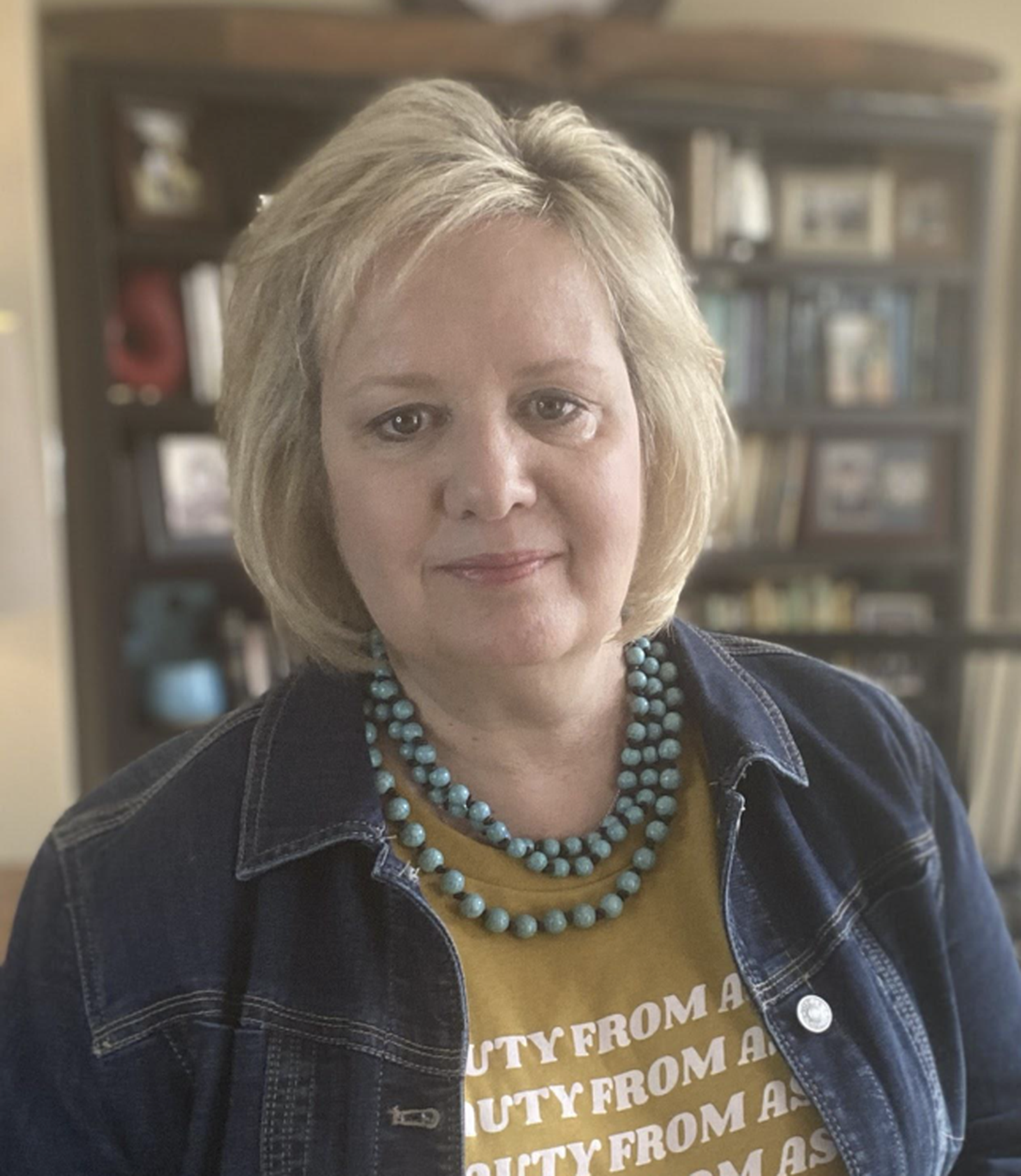
The paths we choose lead to eternal consequences. At times we choose the familiar, more comfortable route, and other times, we embrace the unexplored way and trust God to lead. We follow the familiar or follow God. One path can lead away from God, and the other takes us toward God and into His loving care and protection. In the book of Ruth, we meet two sisters-in-law, Orpah and Ruth, who chose different paths — one toward God, the other returned to familiar people and gods.
Orpah chose the familiar path while Ruth chose the faithful way.
We read a lot about Ruth, who seems to be Naomi’s favored daughter-in-law, but not so much about Orpah, the second daughter-in-law. Ruth followed Naomi and became the mother of Obed, and was listed in the genealogy of Jesus. On the other hand, Orpah passes away into obscurity after she says goodbye to Naomi and Ruth on the road to Bethlehem. We praise Ruth and forget Orpah. However, Orpah may deserve more grace than we often give her.
Photo Credit: © Getty Images/Campwillowlake

Who was Orpah in the Bible?
In ancient times, a name revealed a lot about that person. The meaning of one’s name identifies a person's character, but the definition of “Orpah” is not clear. Some scholars translate her name as “neck” or “stiff-necked,” referring to her choice to turn away from Naomi and her God and return to Moab. Others translate the name as “fawn” or “gazelle-like,” giving the sense of fear. Either way, Orpah’s name reveals a sense of running away or turning away. Could these translations be too harsh?
We meet Orpah for the first time in Ruth 1:3-4. "Now Elimelek, Naomi’s husband, died, and she was left with her two sons. They married Moabite women, one named Orpah and the other Ruth.”
Naomi, her husband, and two sons traveled and settled in Moab after drought, famine, and devastation fell on their home of Bethlehem. "In the days when the judges ruled, there was a famine in the land. So a man from Bethlehem in Judah, together with his wife and two sons, went to live for a while in the country of Moab” (Ruth 1:1).
Living in Moab was a hardship for Naomi and her family. Although distant relatives, the Moabites and Israelites cultivated a long-standing dislike for each other. Naomi’s family lived as foreigners in a hostile land. They may have planned to stay a short time, just until the famine passed. However, it seems they became comfortable and complacent because the sons married Moabite women, and they were there for more than a decade.
Orpah married Kilion and Ruth married Mahlon. Through marriage, the two women become sisters-in-law and family. Some believe they were family before they married. Some Hebrew interpretations of the Book of Ruth imply that Orpah and Ruth were already sisters, daughters of the king of Moab. Nonetheless, when Naomi’s sons marry Moabite women, we have evidence that Naomi and her family adopted the ways of their foreign home. God forbade His people from marrying Moabite women. Some believe that their disobedience of this law is why all the men in Naomi’s life died.
Why Did Orpah Choose Moab?
When Naomi’s family arrived in Moab, Orpah and Ruth would have worshiped the gods of their people, and some scholars believe they did not convert when they married. Orpah and her husband lived together in Moab for more than 10 years. She would have witnessed the faith of Naomi, her husband and her sons, yet there is no record that she and her sister-in-law ever denied their gods and converted to Judaism. She did, however, glean a sense of obedience because when Naomi prepared to return to Judah, Orpah joined Ruth on the road.
After the death of her husband and sons, Noami learned the famine in her home has passed. She gathered her belongings and set out for Bethlehem with her dutiful daughters-in-law in tow. "With her two daughters-in-law, she left the place where she had been living and set out on the road that would take them back to the land of Judah" (Ruth 1:7).
Perhaps, Naomi began to consider her future and the future and hopes of her daughters-in-law. She tried twice to dissuade the women from following her to Judah. She pleaded with the two to return to their homeland and their people because there is no future where she is going. In her first attempt, she gave them her blessings to return and find husbands and a future. "May the Lord grant that each of you will find rest in the home of another husband" (Ruth 1:9). Perhaps out of obedience, or maybe out of duty, the women continued with their mother-in-law.
A second time, Naomi argued her case. She reminded the women there would be no marriage prospects. She clearly cannot produce more sons, and even if she could, the women could not deny legitimate proposals while they waited for her sons to mature. The two daughters-in-law must consider their future, Naomi pleaded in hopes of dissuading her daughters-in-law from continuing the journey. Her argument was persuasive, and the two women had to make a choice.
The Consequences of Orpah’s Choice
Orpah chose to return to her home, and Ruth decided to stay with Naomi. To leave Naomi must have been hard for Orpah. Scripture says the women wept together, and Ruth clung to her. Leaving her remaining family was heartbreaking.
Orpah did not want to leave Naomi and return to Moab, but the desire to be a wife and mother weighed heavily. Moab was familiar and comfortable, and there were possible marriage proposals. In Judah, she would live as an outsider and possibly never marry again. In Judah she was considered worthless as a widow. In Moab, as a mother and wife, she had hope. Her choice was practical, not spiritual. She would choose Moab and motherhood. Ruth, on the other hand, chose to remain Naomi’s daughter.
The outcome of Orpah’s choice is not known. What we can know is that she returned to “her people and her gods,” and she probably remarried and gave birth to children. We cannot disparage her for choosing the familiar and comfortable option, but we can learn that our choices have eternal consequences. We know from Orpah that we can choose familiarity or faith—eternity or obscurity and darkness
What Can We Learn from Orpah?
Orpah is not often depicted in a positive light in the Bible, because she didn't choose to stay with Naomi, and Ruth did. Orpah served as a foil to Ruth, showing the great sacrifice that Ruth made to stay with her mother-in-law. Ruth's choice led to poverty and singleness for a long period of time.
Although many of us would like to picture ourselves as the Ruth in this story, we may often find ourselves making more choices as Orpah did. Perhaps we have chosen familiarity over stepping out in faith. After all, Ruth's choice was the scarier of the two, and Ruth didn't have the benefit of hindsight. Unfortunately, we have no idea how Orpah's story turned out. But thankfully, we know how Ruth's did.
Photo Credit: © Sparrowstock

Want more interaction with the women of iBelieve? Join our fans, writers, and editors at the iBelieve Facebook group, Together in Faith, for more videos, stories, testimonies, prayers and more. Visit here to join the community!








